On the Brink: Ground Reality of the India-Pakistan Escalation Uncovered
On the Brink: Ground Reality of the India-Pakistan Escalation Uncovered
A sudden spike in cross-border violence between India and Pakistan earlier this month brought both nations to the brink of a wider conflict. Following the killing of 26 civilians in Pahalgam, Indian-administered Kashmir, the Indian government launched coordinated airstrikes on the night of May 6–7, targeting locations deep inside Pakistan and Pakistan-administered Kashmir.
The move triggered a swift response from Pakistan. For four tense days, both sides exchanged fire, drones were downed, and civilians bore the brunt of destruction and fear. BBC journalists travelled across border areas in both countries to document the ground situation as it unfolded.
Day 1: Retaliation Begins
India's Airstrikes Under 'Operation Sindoor'

Just after midnight on May 7, Indian news channels and social media buzzed with reports of "Operation Sindoor". The Indian government confirmed that nine sites across Pakistan were targeted, allegedly terrorist infrastructure connected to the April attack in Pahalgam.
Foreign Secretary Vikram Misri stated that India had credible intelligence about further planned attacks by Pakistan-based terrorist networks. The strikes were described as a direct response to cross-border militancy.
Flights to Srinagar were cancelled and Jammu and Srinagar airports were shut. BBC teams deployed to border areas witnessed damaged homes, military convoys, and growing tension among civilians. At least 15 deaths were reported in Indian-administered Kashmir.
Pakistan: Shock and Ruins
In Muzaffarabad, the capital of Pakistan-administered Kashmir, residents were jolted awake by explosions. One of the airstrikes hit the historic Syedna Bilal Mosque, reducing it to rubble. Locals described scenes of chaos and fear as homes were damaged and people fled barefoot in panic.
Pakistan’s military confirmed strikes in Muzaffarabad, Rawalakot, Kotli, Bahawalpur, Muridke, and Sialkot. Officials claimed that 31 people, including women and children, were killed, denying Indian claims of targeting militant camps.
By mid-day, schools were closed and eastern airspace was shut. Fighter jets circled major cities. Prime Minister Shehbaz Sharif called an emergency meeting, authorizing retaliatory action against India’s "provocation".
Day 2: Crossfire Intensifies
Thursday saw even more intense military engagement. Indian forces reported foiling Pakistani attempts to strike several military bases across northern and western India. Residents of border villages had already evacuated by morning.
BBC reporters documented heavy civilian losses and property damage in the districts of Kupwara, Uri, Baramulla, and Poonch. Victims described the shelling as “a night of terror”.
Indian officials claimed that Pakistan-based terror outfit Lashkar-e-Taiba, operating under The Resistance Front (TRF), was behind the Pahalgam killings. India confirmed 16 civilian deaths due to cross-border shelling.
Drone Warfare and Escalation Fears
The morning of May 8 saw Pakistan engage in its first major drone defense action. ISPR officials claimed to have shot down over two dozen Indian drones. Drone debris was reported in cities including Lahore, Rawalpindi, and Karachi.
In Rawalpindi, a drone crashed near a cricket stadium, causing the cancellation of a Pakistan Super League match. The PCB later announced the remaining matches would be held in the UAE.
Pakistan’s Defense Minister Khawaja Asif issued a stark warning: if hostilities continued, the threat of nuclear confrontation would become "real and present".
Heavy shelling continued overnight near Muzaffarabad, with gunfire clearly visible from BBC journalists’ hotel windows.
A Sudden Ceasefire
Just as fears of all-out war peaked, both nations abruptly agreed to a ceasefire on May 9. No official explanation was given, but diplomatic sources suggest international pressure played a key role.
The sudden halt to aggression left behind dozens of civilian casualties, extensive property damage, and shaken border communities on both sides. While calm has returned for now, the incident highlights how fragile peace remains in the region—and how quickly tensions can spiral beyond control.


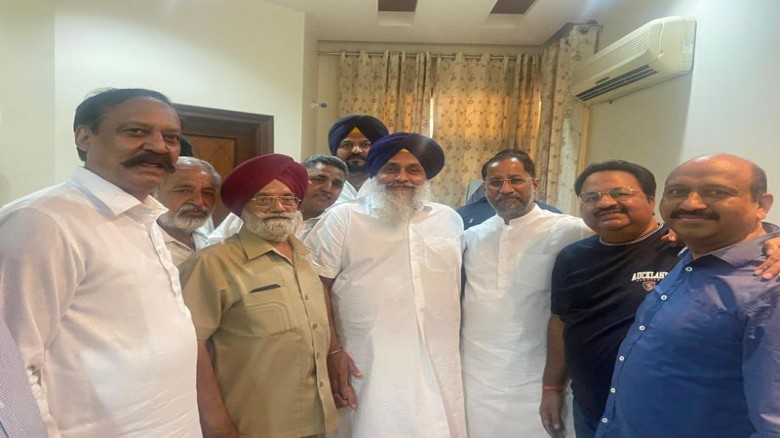
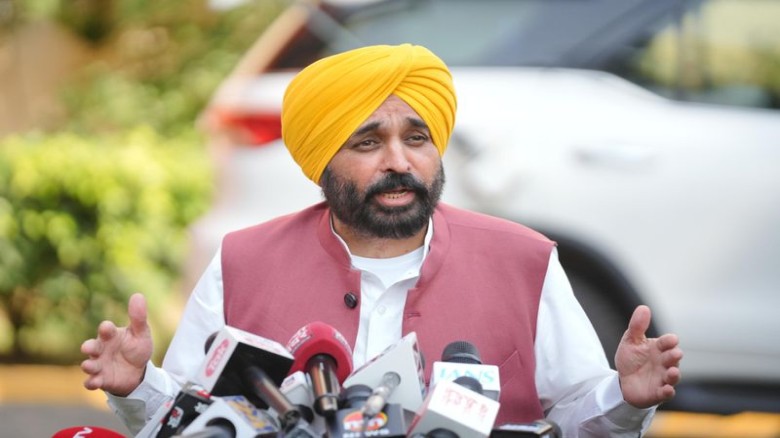
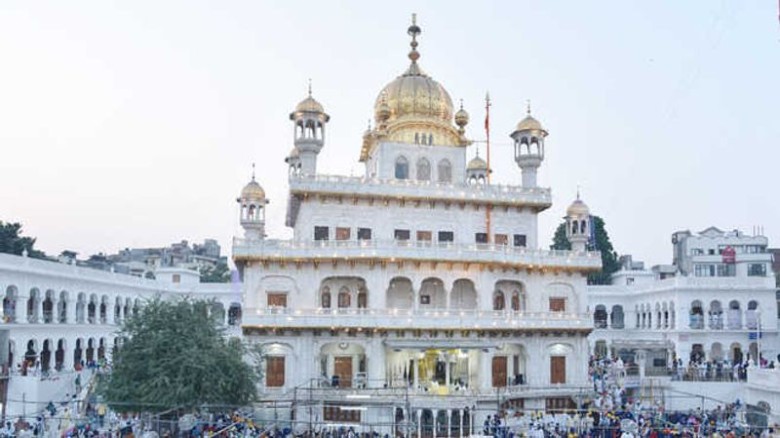
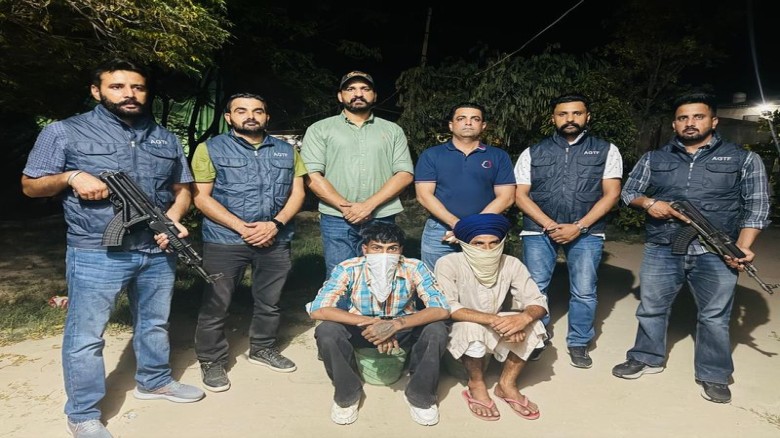

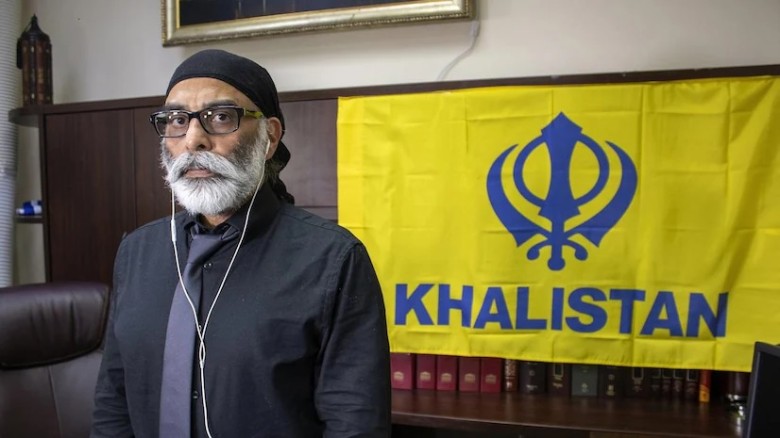


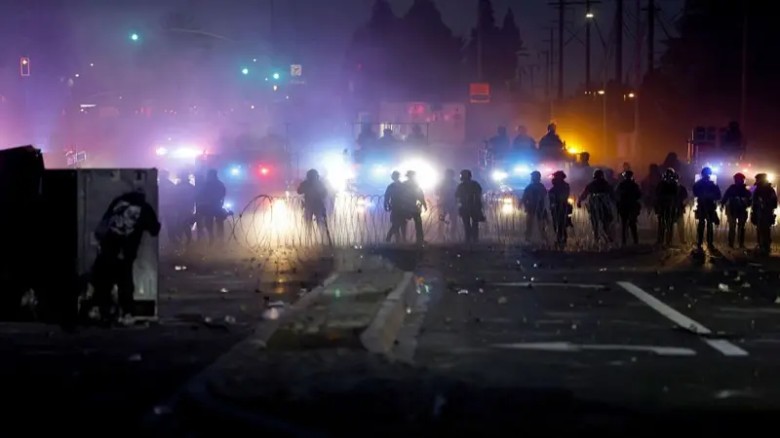
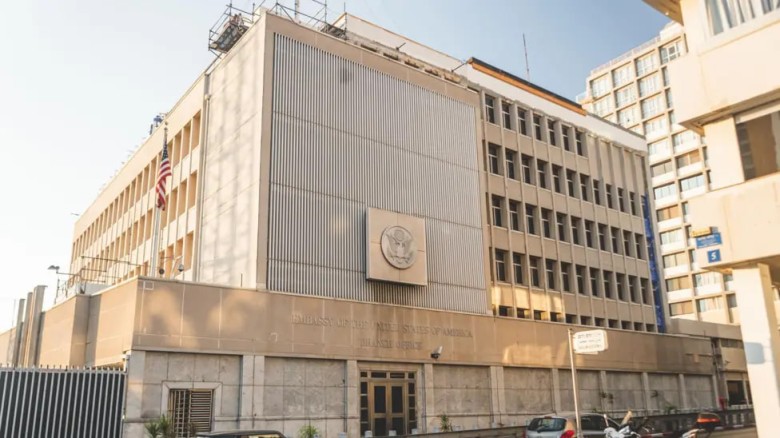




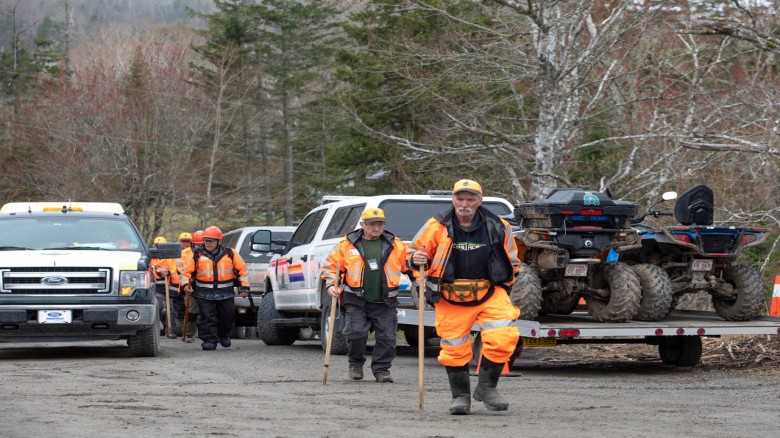

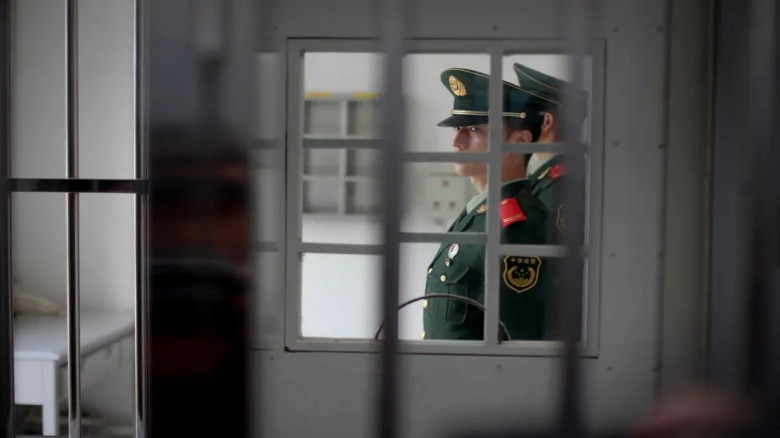




















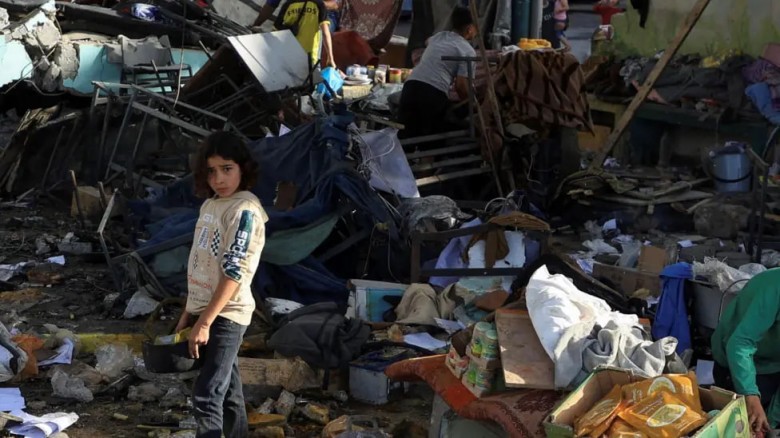






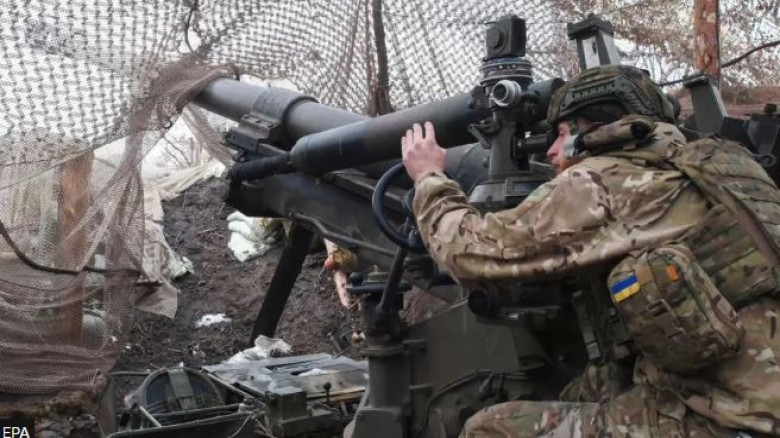


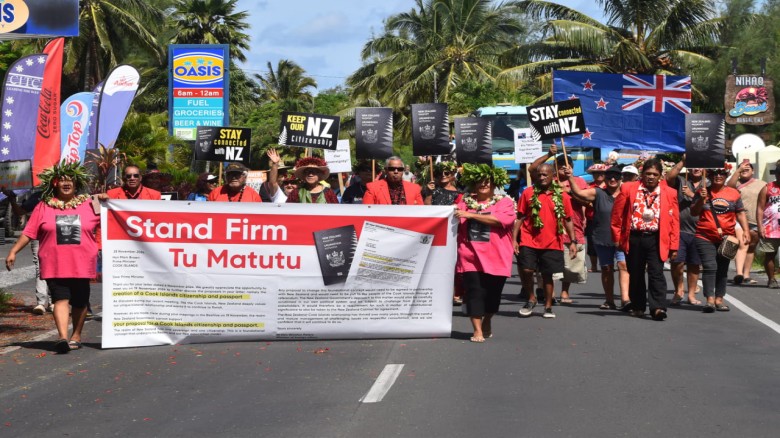
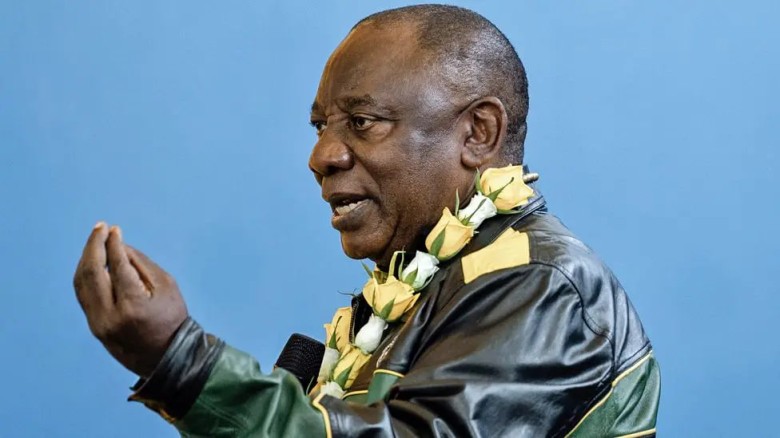
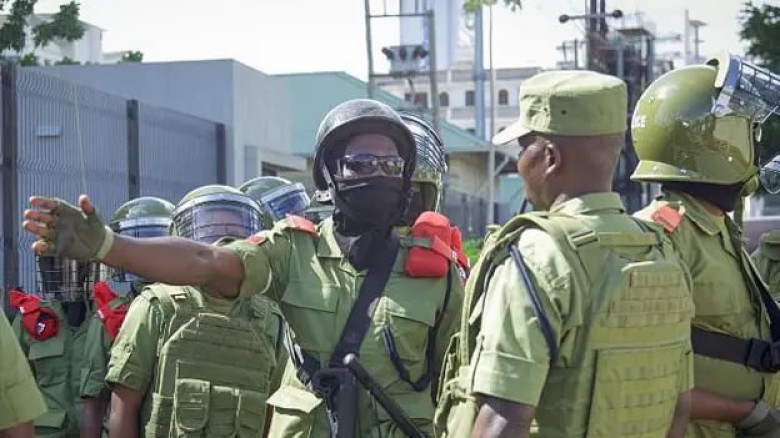






















Leave A Comment